Designed for applications where fasteners are not an option. These clips slide under slate and cedar shakes and hook on existing fasteners to hold heat cable in desired position. Made of non-corosive copper. For use with all de-icing cable, includingall Plug in Heat Tape lengths (HeatTape Pro) & Ice Dam Heat Tape by the Spool.
$17.50
2593 in stock

Designed for applications where fasteners are not an option. These clips slide under slate and cedar shakes and hook on existing fasteners to hold heat tape in desired position. Made of non-corrosive copper. For use with all ice dam heat tape de-icing cable, including all Plug in Heat Tape lengths (HeatTape Pro) & Ice Dam Heat Tape by the Spool.
“Heat Tape Pro did exactly what I needed it to do. Now I don’t have to worry about water leaking into my house, because I can tell when it’s working by the little light on the end of the cable.”
-Michael P.
Amazon Customer
“This heat tape works as advertised. It was delivered to me fast, and although it’s a little complicated to install, the documentation is good..”
-Shaun D.
Radiant Solutions Customer
“I install thousands of feet of heat tape every year. This is the best stuff I’ve found to protect my customers homes and give them the piece of mind they need.”
-Patrick B.
Professional Installer
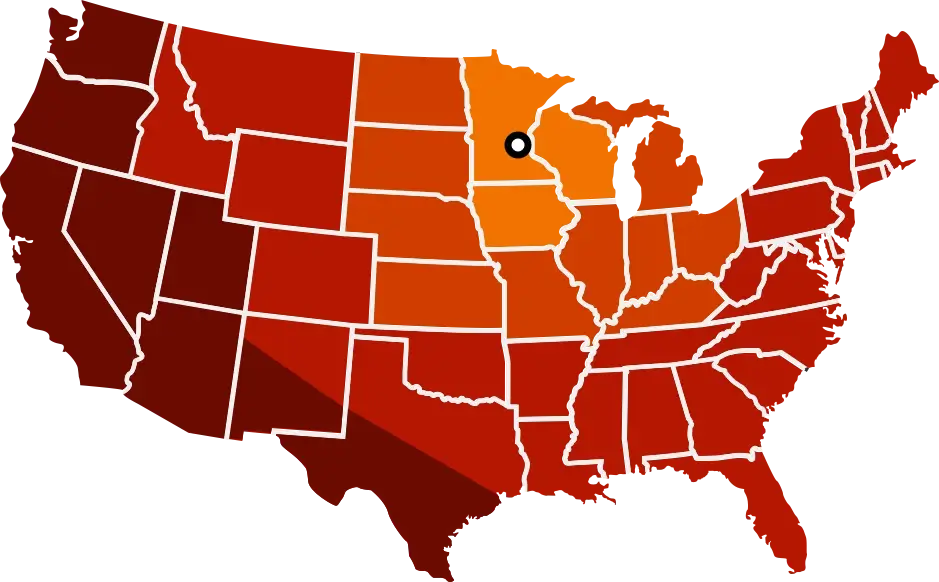
The Free Shipping option uses available “standard” delivery methods for whichever carrier services your location. For many that means UPS ground, but for locations that UPS doesn’t go to –or is too expensive, we substitute a different carrier.
We are based in the Twin Cities (Minneapolis/St. Paul) metro area, so depending on where you are located, your shipping time will vary.
Here’s A link to shipping distances with Approximations of Lead times
If you can’t wait for your product to arrive via UPS ground, Radiant Solutions also offers a paid, 2-day shipping option. One thing to keep in mind: our cables are fairly heavy, which mean they are expensive for us to ship. This means that they are even more expensive to ship expeditiously. A little bit of planning ahead can save you some good money.
Including a thermostatic heat tape switch or controller in your installation will cut power to your heat tape in times it is not needed. This will lessen your environmental footprint and save you money.
Savings will always depend on the weather and how often you have temperatures above the threshold that the switch turns on your heat cable. In most situations where heat cable is needed, savings will offset the cost of the ThermaCord and then some.
Heat Tape PRO can be use with any gutter system made, be it open, closed, metal, plastic, vertical or horizontal. Heat Tape PRO will work throughout the winter to keep an ice free path open for water so it can escape and move away from your home.
Keep in mind that if your home has ice dams in addition to ice in your gutters, you will want to install Heat Tape PRO on your roof to address that problem as well. Heat Cable in the gutters alone will not manage problematic ice on the roof surface.
We are frequently restocking products and the one you need will soon be available. You can make a request to be notified when out of stock items are re-stocked.
Click Here to Submit your information to be notified of a Products Restock
Installing our heat tape on your standing seam roof can be very effective in combating ice dam formation. There’s two main products used to install heat tape on your standing seam metal roof: The S-5 SR Heat Tape Clip, and the standard ice dam heat tape clip.
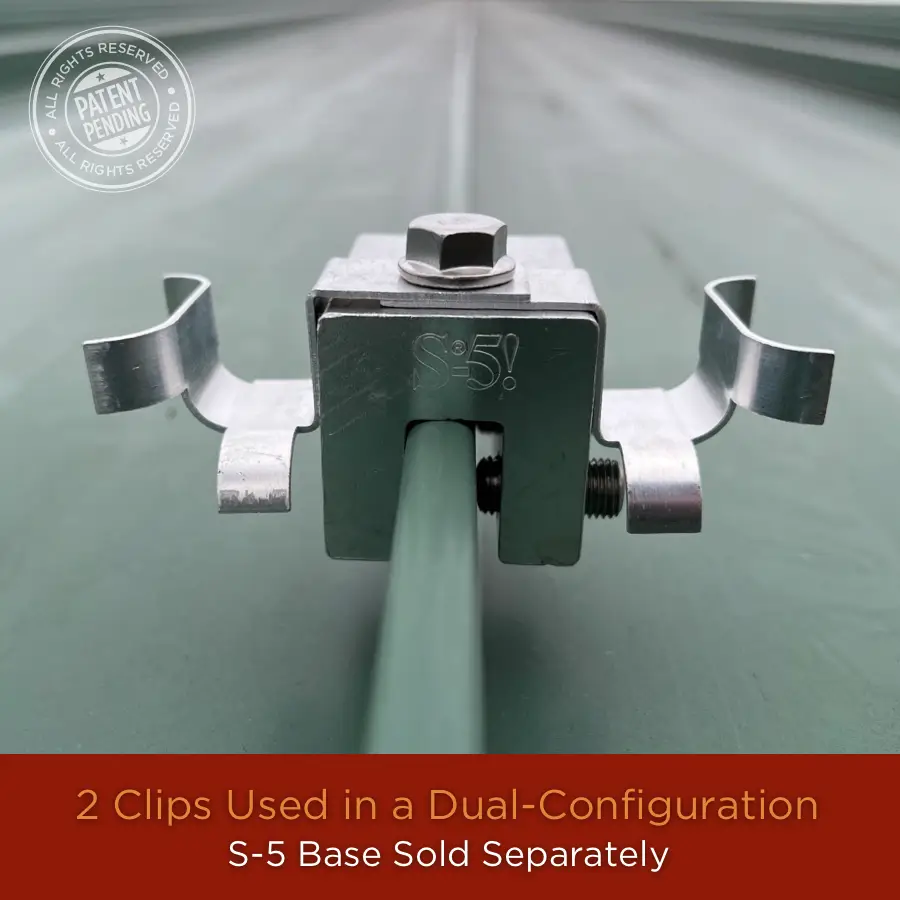
Installing Heat Tape on a Standing Seam Roof with the S-5 SR Heat Tape Clip
The S-5 Heat Tape Roof Clip is a new, patented roof clip design specifically for standing seam applications with a focus on ease of install and effectiveness. It is used in conjunction with the S-5 Base, which needs to be purchased separately. The S-5 base is designed to clamp onto the seam of a metal roof as the S-5 Clip holds your ice dam heat tape into position. Can be set up in a single or dual-clip configuration. (See product page for more info)
Installing Heat Tape on a Standing Seam Roof with Standard Roof Clips
There are specific ways/configurations used when installing heat tape on a standing seam / metal roof using standard heat tape clips. The following (2.6 – figure 16.0 & 17.0) shows a snippet of the HeatTape Pro installation manual showing two different clip configurations, more info can be found in the manual itself: Heat Tape Pro installation Manual
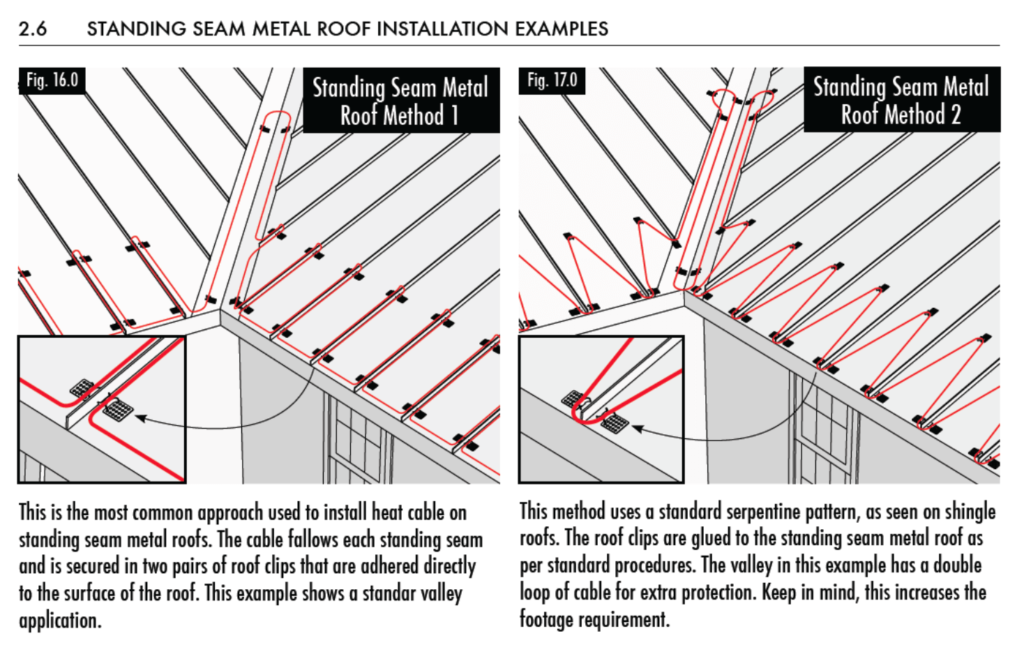
This includes, but is not limited to:
The type of roof you have determines the roof clips and accessories needed. Check out our Heat Tape Installation Accessories.
Measuring the area of your roof that is affected by ice dams so you know how much heat tape to get is not overly complex, but it does have a few variables. Use our Heat Tape Measuring Guide to understand the process and print a worksheet that you can use to make sure you have all the right numbers.
Once you have all the measurements and considerations you need, use our Heat Tape Calculator to calculate the size of heat tape you should get.
We are a family-owned business with less than 10 employees that has been in business since 2016. Our experience with ice dams goes far beyond that: our founder Steve started a business diagnosing and solving Ice Dam problems on customer houses for almost 35 years.
Check out our full list of Frequently Asked Questions on our FAQ Page.
Take a Look at Our Heat Tape Installation Case Studies
Learn a Bit about Ice Dams and How & Why they Form
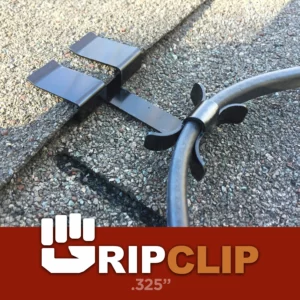
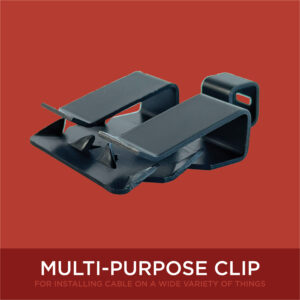
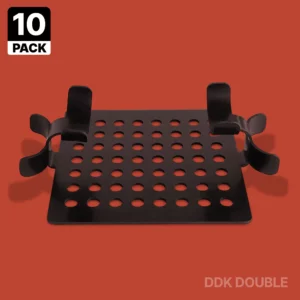
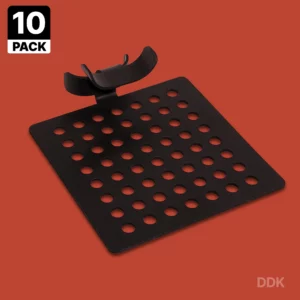
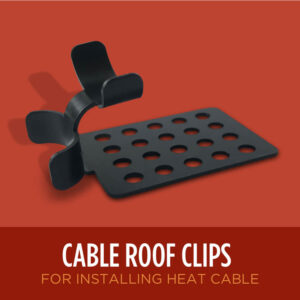
Find heat tape products & accessories for ice dam prevention and pipe freeze protection.
We may be able to help connect you with a Radiant Solutions Heat Tape installer in your area.
And Product Dimensions
Understand the problems that our products solve and the advantage Radiant Solutions has over our competitors.
Demand is high across the U.S. & installers are needed!
128-Bit encrypted connection
We’re here to help. We are a 35 year old, family-owned, American company who loves to hear from our customers.